The quest for new ways to interact with our devices often leads designers down interesting paths, from voice commands to gesture controls to increasingly elaborate keyboard layouts. Sometimes these innovations genuinely improve our digital lives, while other times they serve as reminders that not every problem needs a technological solution. The keyboard, despite being one of our most fundamental input tools, continues to inspire both serious innovation and playful experimentation.
What makes the Gboard Dial Version particularly entertaining is how it takes this experimentation to delightfully absurd extremes. Google Japan’s latest conceptual keyboard replaces traditional key pressing with rotary dial input, creating a device that’s part vintage telephone, part modern input method, and entirely tongue-in-cheek. This isn’t meant to revolutionize productivity; it’s designed to make you smile while questioning our assumptions about how typing should work.
Designer: Google Japan
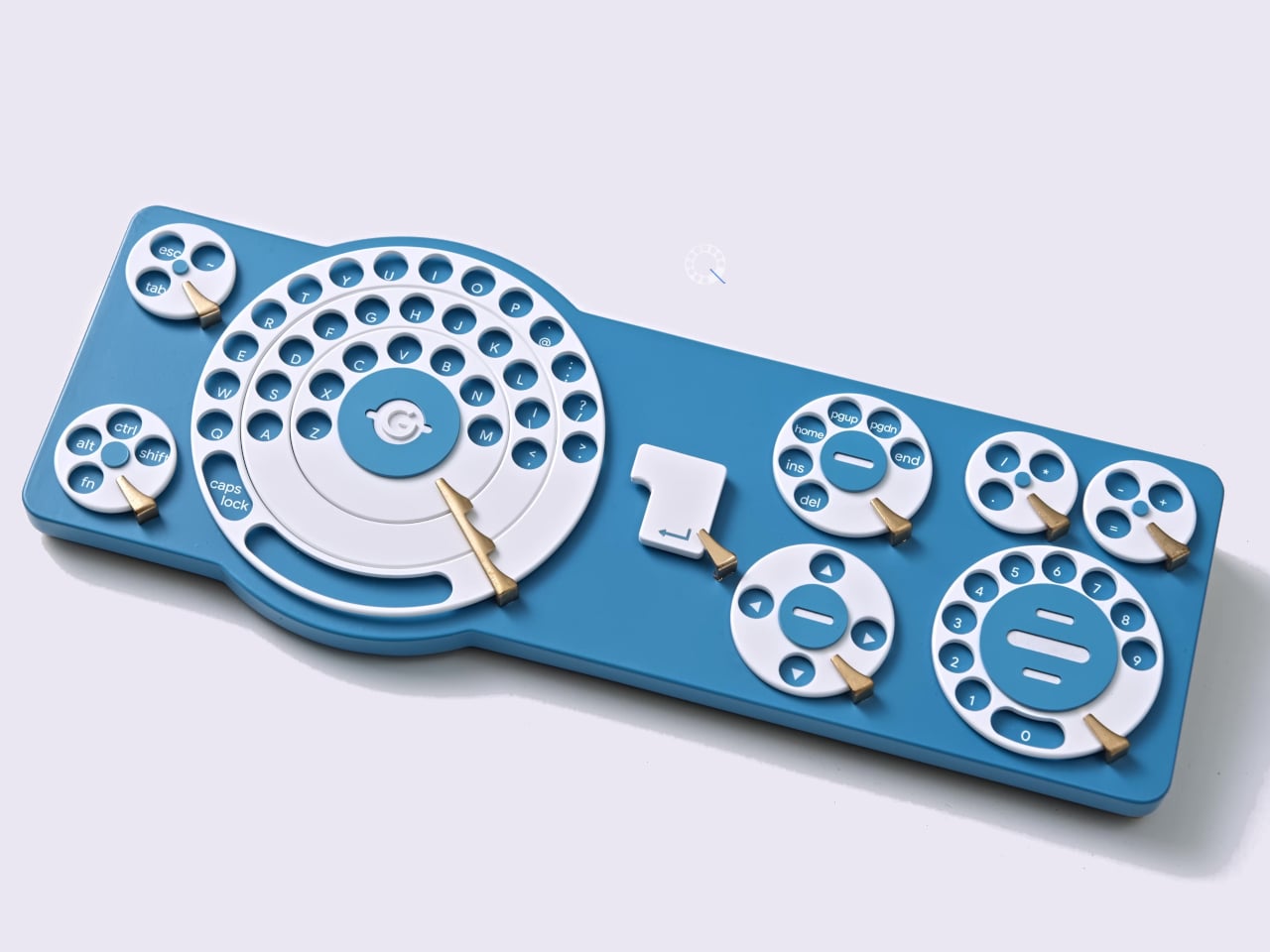
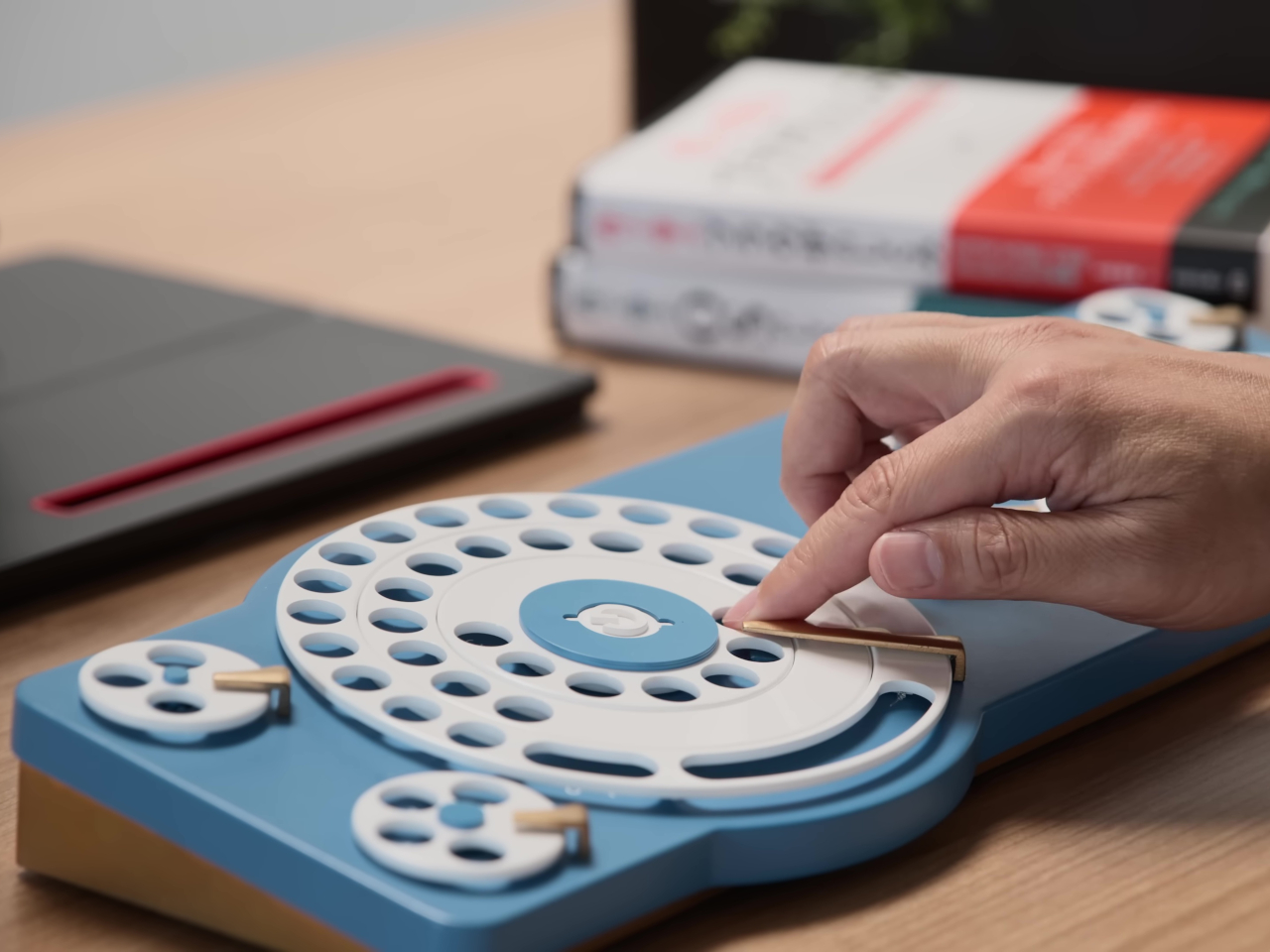
The October 1st reveal carries special significance in Google Japan’s annual tradition of whimsical keyboard concepts. The team playfully explains they chose this date to honor the classic “101-key” keyboard layout, a charmingly ridiculous justification that immediately signals the project’s satirical nature. This marks the 14th entry in their ongoing series, following memorable concepts like the Gboard Teacup, Stick, Hat, and Double-Sided keyboards.
The dial mechanism itself is wonderfully over-engineered for maximum comedic effect. Users insert a finger into beautifully positioned keyholes and rotate to select characters, with the system featuring a three-layer dial structure that supposedly delivers “three times faster” input and parallel operation. The nostalgic “jiko-jiko” grinding sound is presented as a feature rather than a bug, promoting what the team calls a “calmer thinking and input experience.”
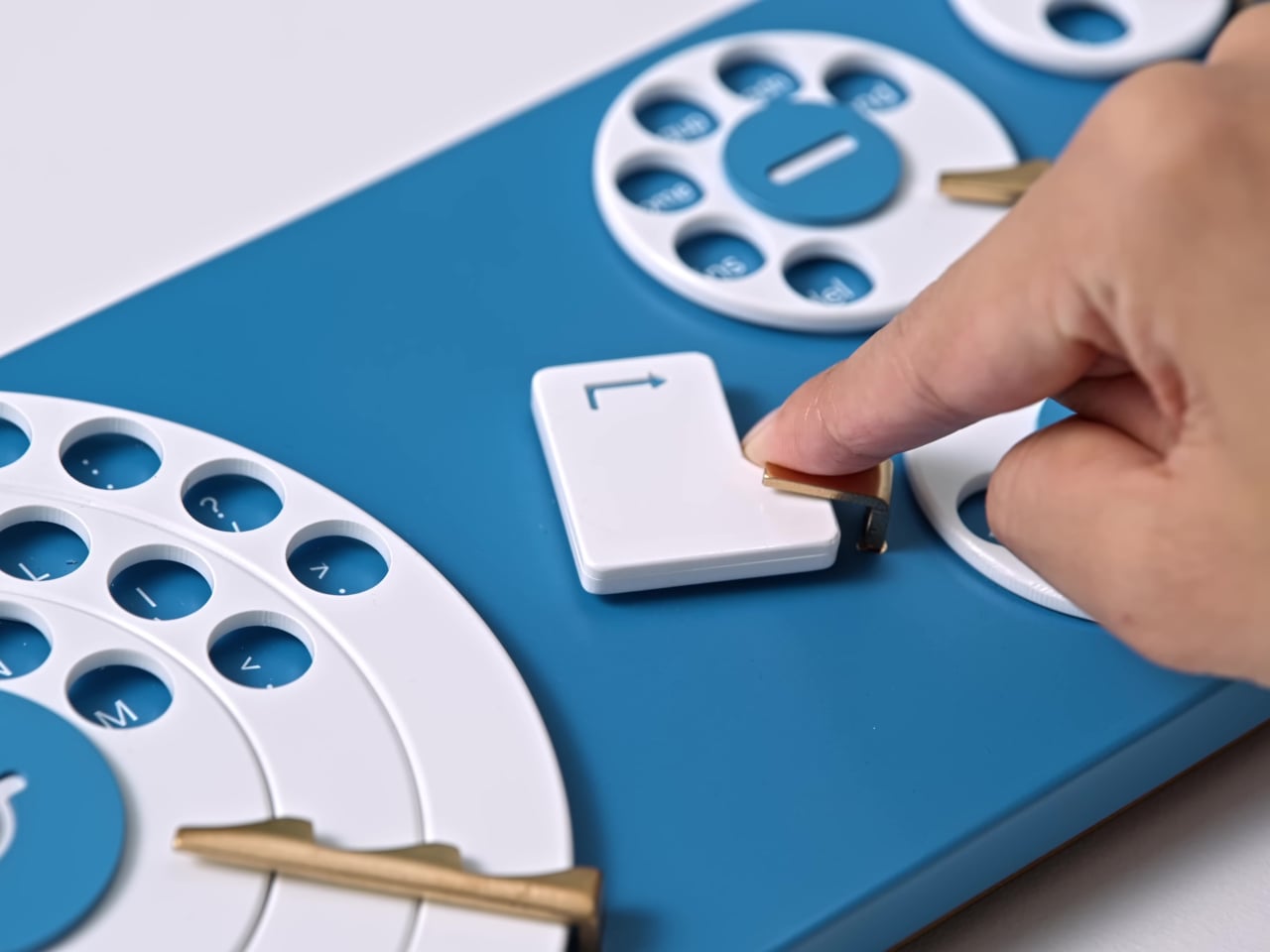
Of course, the video presentation takes the parody even further with mock testimonials and exaggerated benefits. Users supposedly become “rounder” and less aggressive after switching from traditional keyboards, while the dial’s return time encourages thoughtful, deliberate communication. The Hold Module feature, which plays music box melodies when you place a mouse on it during video calls, represents peak satirical over-engineering.
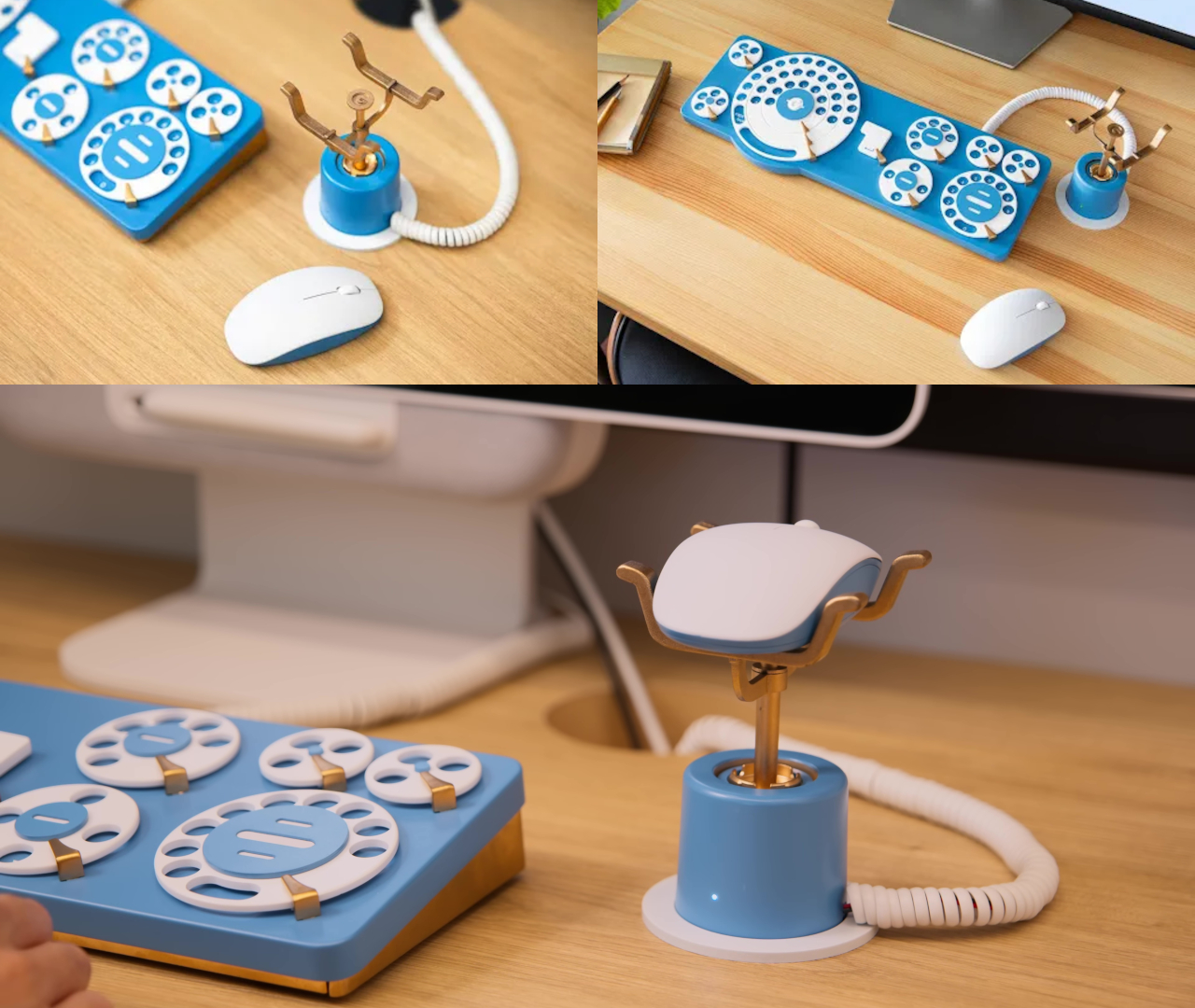
The design philosophy centers on what Google calls a “Copernican revolution” from pressing to rotating, complete with the memorable motto: “If pressing doesn’t work, try turning it.” This grandiose language perfectly captures how tech marketing often oversells incremental changes, while the dial’s intentionally impractical operation highlights the absurdity of reinventing perfectly functional tools.
That said, Google Japan commits fully to the concept by open-sourcing the blueprints for DIY assembly. While there are no plans for commercial release, anyone can download the designs and build their own dial keyboard. This approach transforms the parody into a genuine maker project, inviting community participation while maintaining the playful spirit of experimentation.
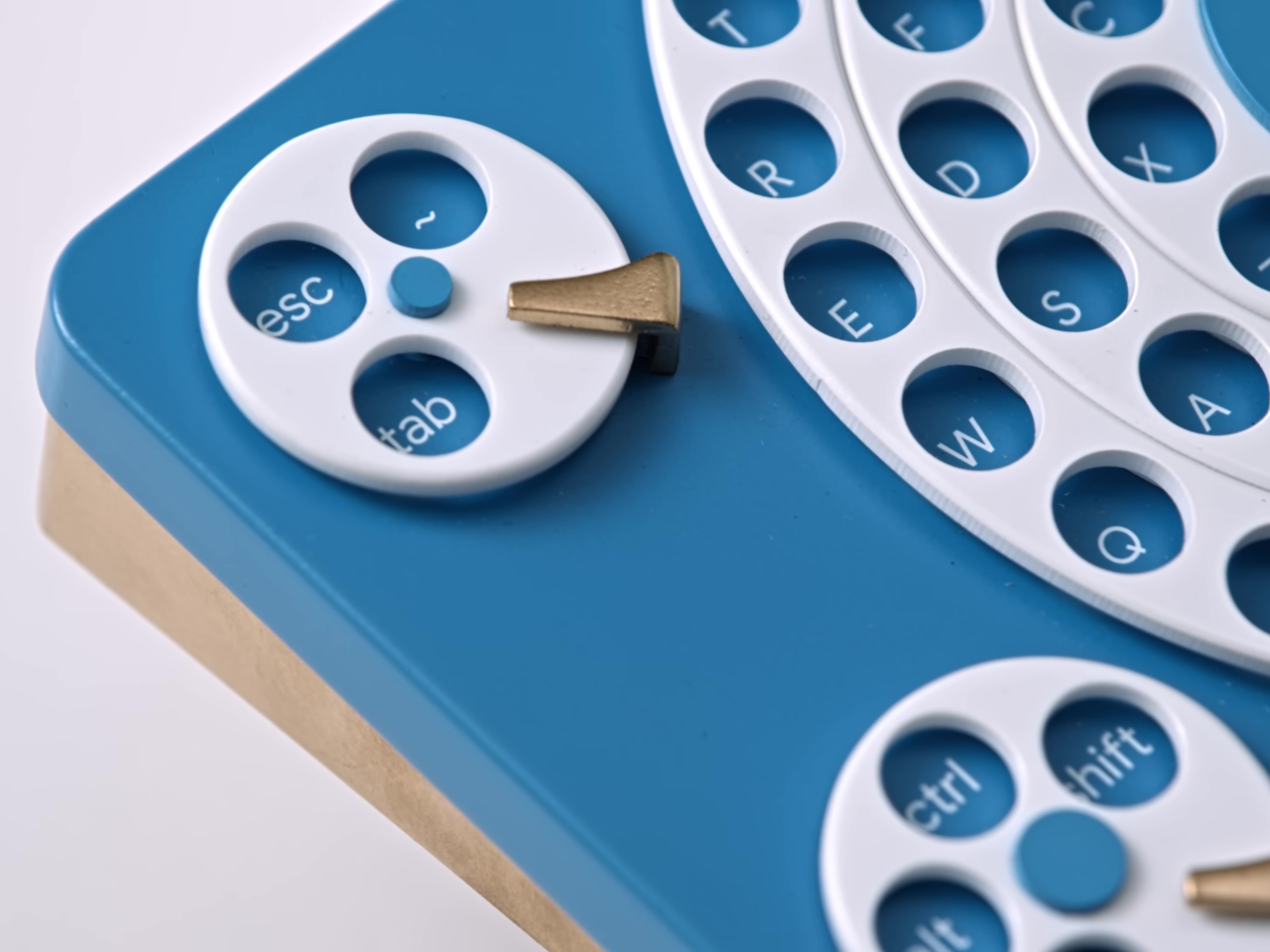
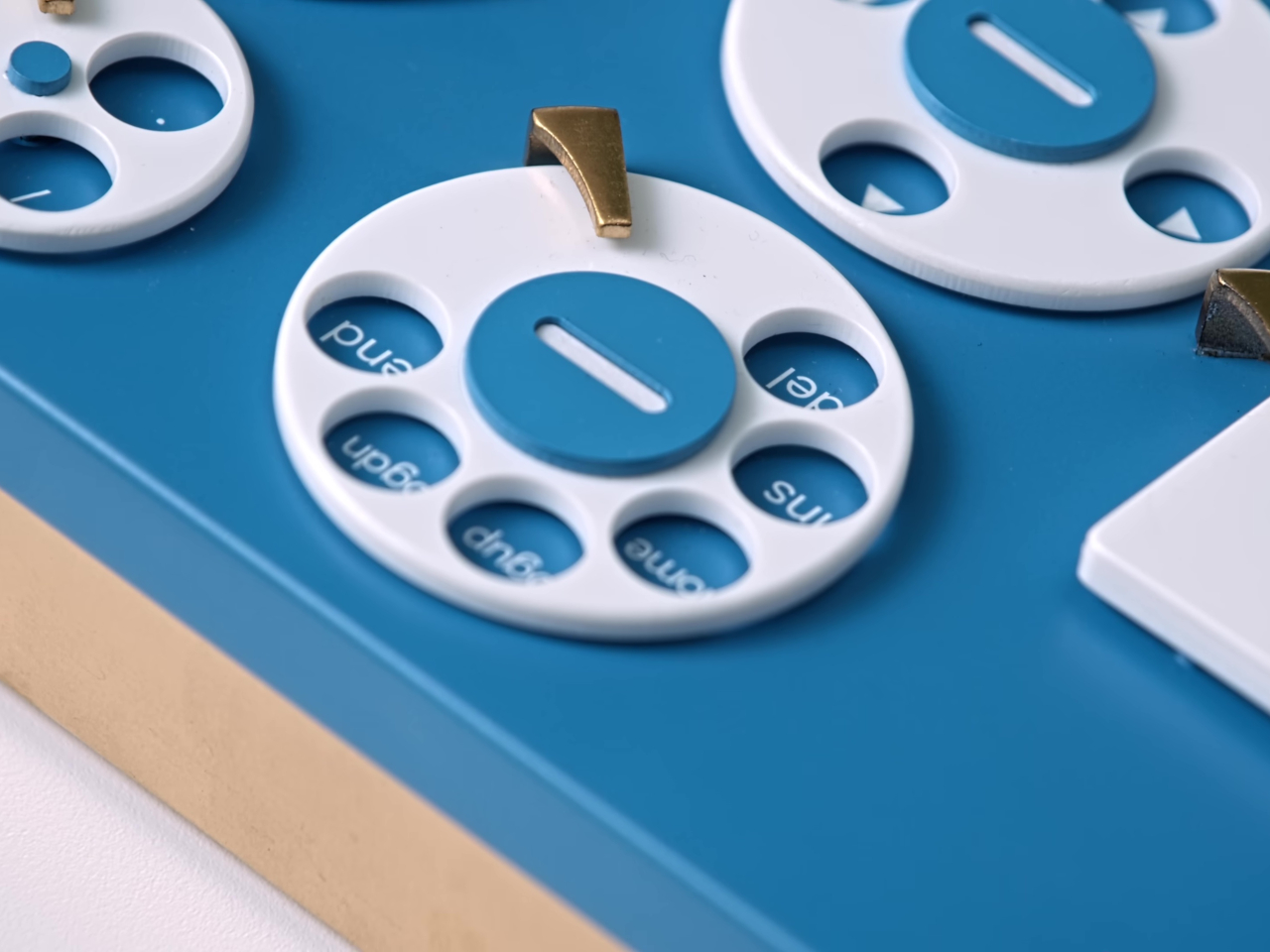
The project’s humor works on multiple levels, gently mocking both nostalgia for analog devices and the tech industry’s tendency to complicate simple tasks. The elaborate technical explanations, fake user testimonials, and bonus features like color variations and expansion accessories all contribute to a perfectly executed piece of design satire.
You’ll notice how the Gboard Dial Version uses design language and presentation techniques that mirror serious product launches, making the parody more effective through its commitment to the premise. The attention to detail, from the rotating mechanism to the marketing copy, shows how much care goes into even the most playful design experiments.
The Gboard Dial Version reminds us that design doesn’t always have to solve problems or increase efficiency. Sometimes the most valuable concepts are the ones that make us laugh, think differently, and appreciate the elegance of solutions we already have.
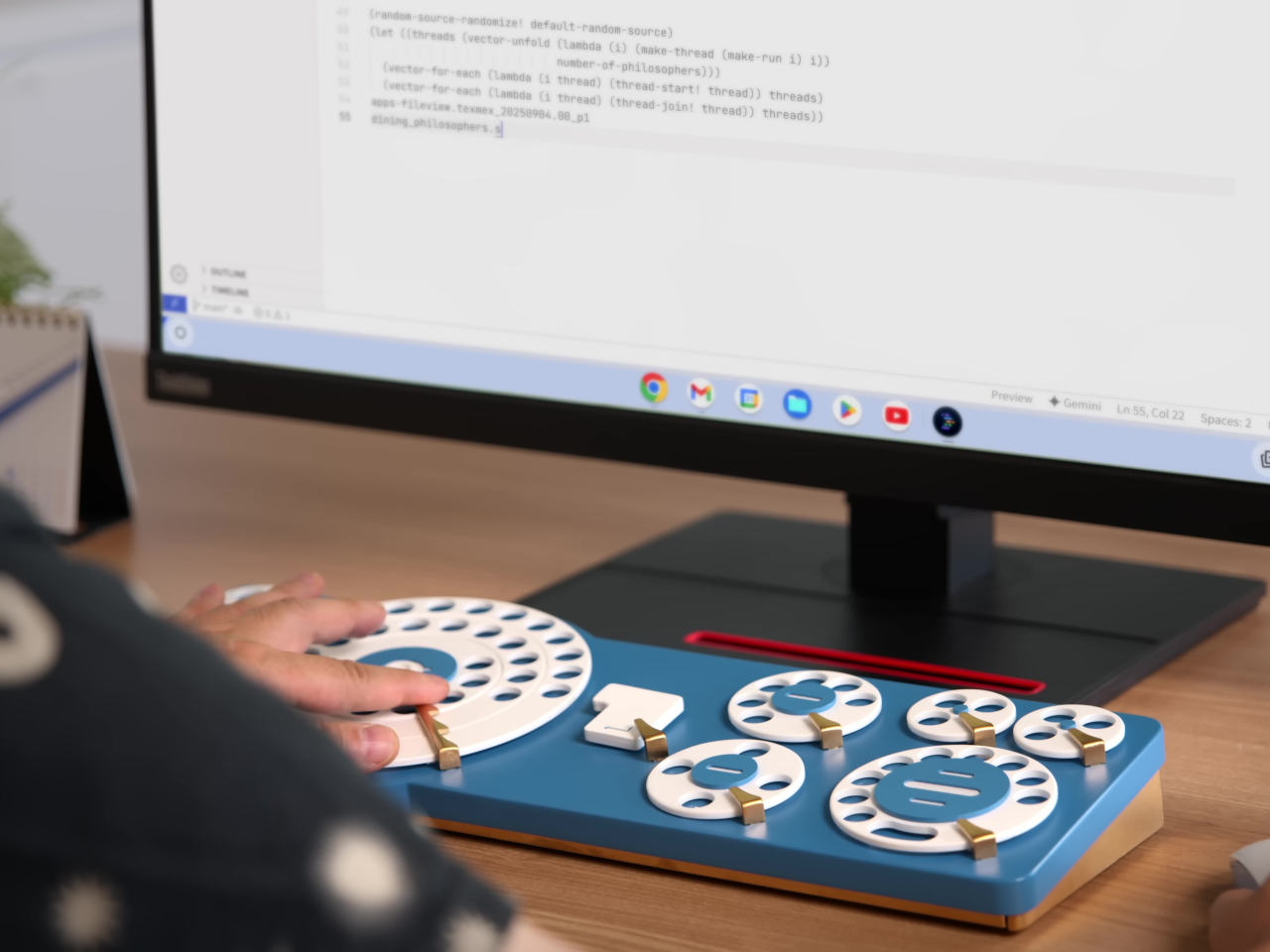
The post Gboard Dial Version Spins Keyboard Design in a Playful New Direction first appeared on Yanko Design.
Read More . . .|
 | Tweet
| Tweet